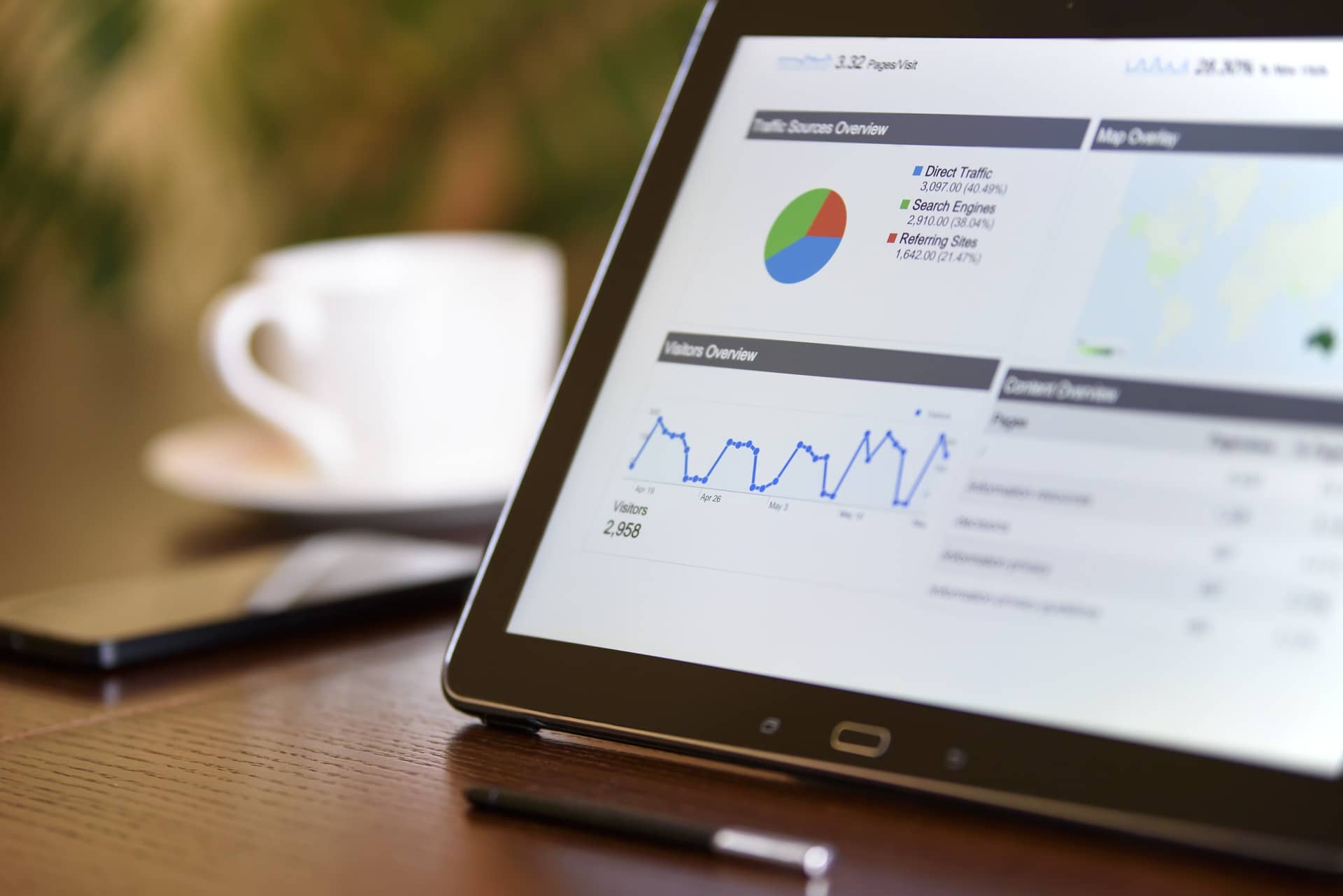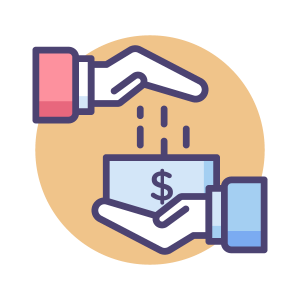Big data is important for organizations in both the for-profit and nonprofit spheres. The ability to collect and measure data has been integral to the success of many businesses and it’s changing the way marketing and sales work. But what exactly can nonprofits use data for? The answer is, most of the same things for-profit companies are using data for – to make improvements.
The business of nonprofits use data
Data can be both fascinating and grueling to work with. An article in The New York Times found that data scientists spend 50 to 80 percent of their time laboring over the less interesting parts of data, including collecting and preparing it before it can be explored for useful information.
In addition, nonprofits may have a hard time attracting a data scientist, to begin with. GuideStar cited data from Glassdoor.com, which states the median salary for these professionals is $115,000. Most nonprofits aren’t likely to be in the position to offer a competitive salary to data employees.
Lucky for most nonprofits, there are platforms that enable data collection and manipulation without the need to hire and retain data staff, and these platforms also take a lot of the work out of manipulating data. Business intelligence platforms can help charitable organizations gain data-based insight into their operations and communicate it to the individuals that keep these organizations afloat.
Once you’ve got the tools, what do you measure?
According to Nonprofit Hub, there are three fundamental reasons that nonprofits need data. They are mission impact data, failure data, and stories – or descriptive data.
Naturally, mission impact data helps nonprofits put their money where their mouth is. This data backs up your mission statement and demonstrates that dollars donated to your organization will be successfully used to meet your outlined goals. It’s useful for donors, foundations, and anyone who has a stake in your organization’s mission to see actual numbers related to your programs.
Secondly, failure data documents the times that your projects didn’t meet their fullest potential. This might sound like a bleak category to maintain records for. On the other hand, as Nonprofit Hub puts it, “The more often you fail, the more new things you’ve tried.” The key to harnessing the power of failure is to document the process adequately. With every project, come up with a hypothesis of the impact, then measure the actual results. Even if the effort is a failure, you’ve learned something from the experience, and you won’t make the same mistake again.
Stories are the third reason for keeping thorough data. While statistics are good benchmarks for foundations and other people who need number-based evidence, statistics aren’t a good way to communicate a message or make an emotional appeal. Maintain a database of stories of those you impact through your work. It’s always important to maintain a good balance between taking a numbers-oriented and a more human approach to process improvement.
No matter what you choose to measure, new technology platforms can help you make data collection an integral part of everyday life at your nonprofit.












